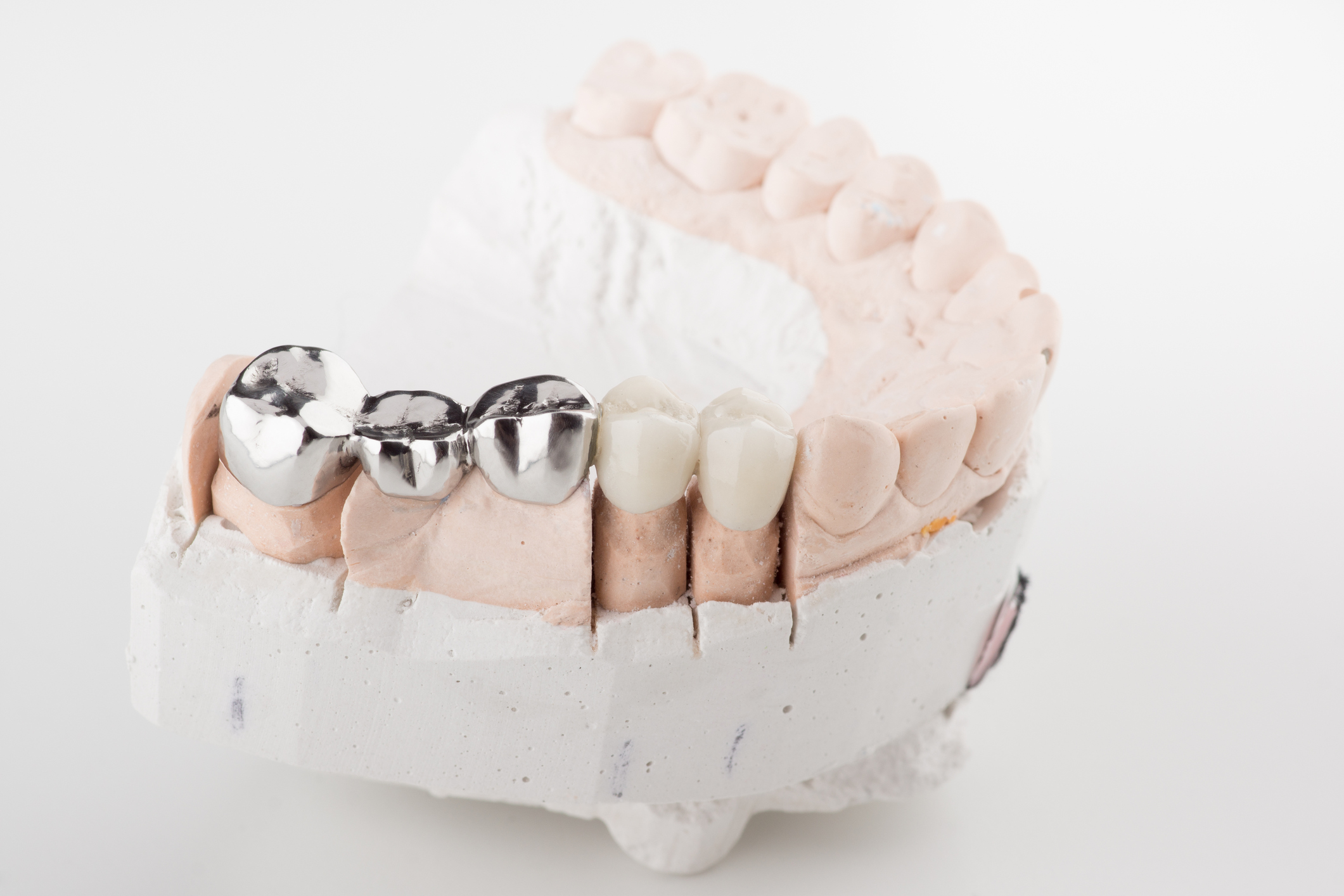Inlay and Onlay Procedure
Dental inlays and onlays are cosmetic dental procedures used to restore a damaged or decayed tooth to its original condition and also strengthen its functionality. They are a way better method compared to dental crown since they don’t involve removing the healthy tooth structure. Due to this reason, inlays and outlays are considered to be minimally invasive cosmetic dental work. They are also a much better choice for most patients. A dental crown, however, is not a bad dental procedure, but then it involves removal of healthy tooth structure than necessary. This increases the risk of tooth structure that may demand more complicated dental procedure in future such as root canal.
What is the Difference between Inlays and Outlays?
Both inlays and outlays are dental procedures used to restore the decayed or damaged tooth. Both of them are made out of material that resembles the tooth such as porcelain or composite resin. The difference between the two is that inlays are used to treat a smaller area of decay. They are specifically used when the decay is isolated within the cusps of the teeth.
On the other hand, the outlays are used to repair the more extensive dental damage that extends beyond one or more cusps. They are also referred to as partial crowns. Your dentist will help you decide on the most appropriate option for you.
Inlay and Onlay Procedure
The procedure for placing an inlay or an onlay is virtually the same. Both procedures require two visits to the dentist. The first visit involves preparation of the tooth. During the preparation, your dentist will remove the damaged or decayed part of the tooth. Since the procedure is conservative, your dentist will only remove a small part of the tooth as possible. Your dentist will use local anaesthetic if he or she will be removing the decayed or damaged part using a drill or air-abrasion.
After removing the decayed or damaged part, your dentist will now take an impression of your tooth and send it to a dental lab. He or she will then place a temporary restoration until the mould comes back from the lab. However, you can avoid wearing a temporary restoration and waiting for another dental visit if your dentist has a milling unit. Once the restoration is ready, you will be required to make another visit to your dentist to remove the temporary restoration and replace it with a permanent one.
The Benefits of the Inlays and Onlays
Inlays and Onlaysoffer benefits to the patient both functionality and aesthetically. They can improve the appearance of a damaged tooth and also restore its strength. Here are some of the many benefits of inlays and onlays:
– Preserves the Tooth
Inlays and outlays are directly bond to the tooth and thus requires less of the natural part of the tooth to be removed.
– Durable
Both inlays and onlaysare made out of durable material such as porcelain and composite resin. If they are well taken care of, they can last for over a decade
– Improves Appearance
Inlays and Onlays are custom-made in a way that they resemble the natural tooth. So, they repair the damaged or decayed tooth and improves appearance.
Bottom Line: Enjoy a Renewed and Beautiful Smile
Inlays and Onlaysrestore both the functionality of your tooth and its appearance so that you can smile with confidence. Whether you are interested in treating damaged or decayed tooth or you want to replace an old dental feeling, inlays and onlays may be the right option for you. We welcome you to Carrum Downs Dental Clinic and learn more about which option is more favourable for you.


